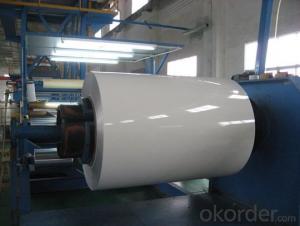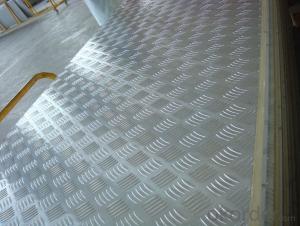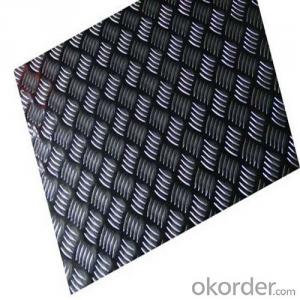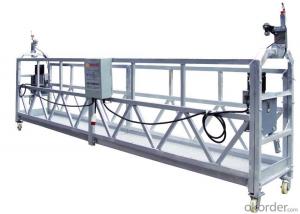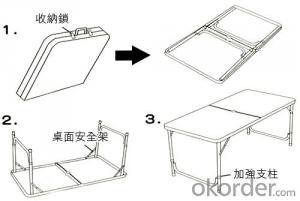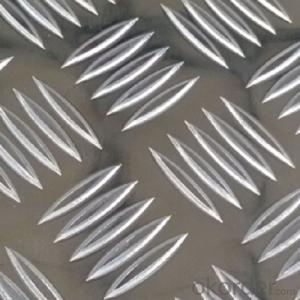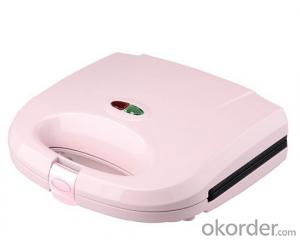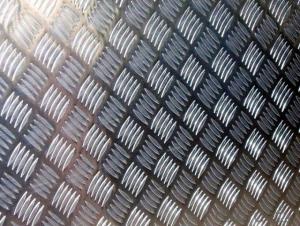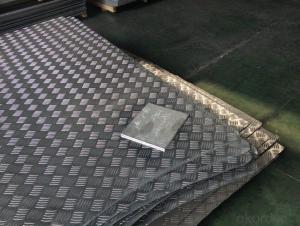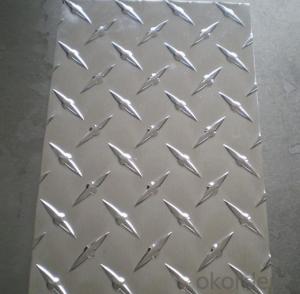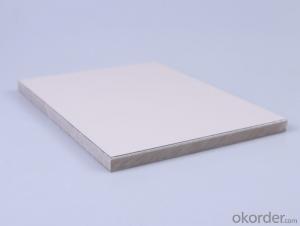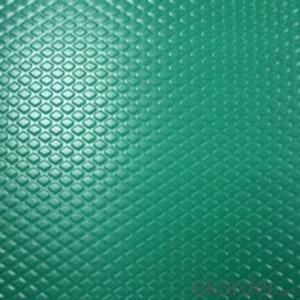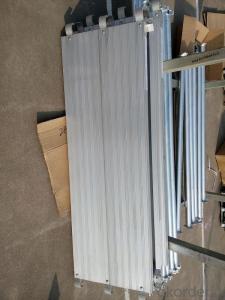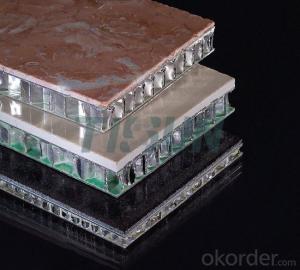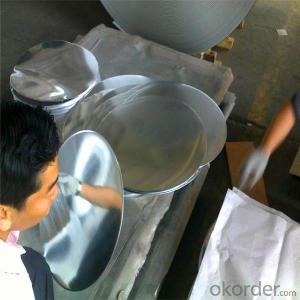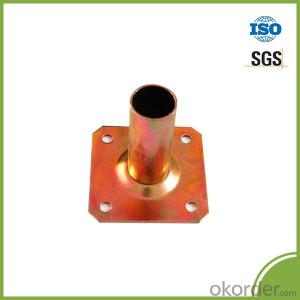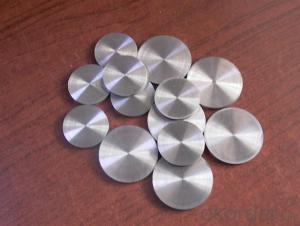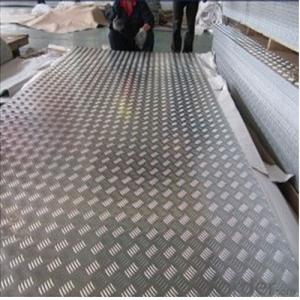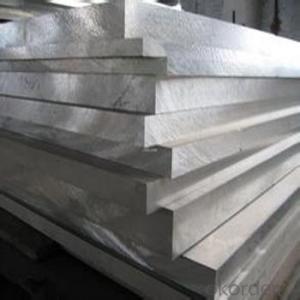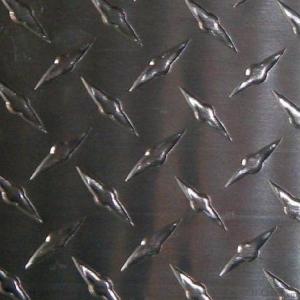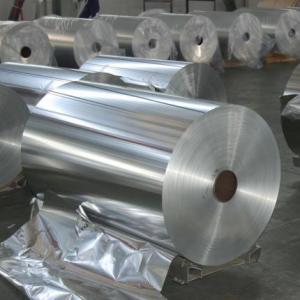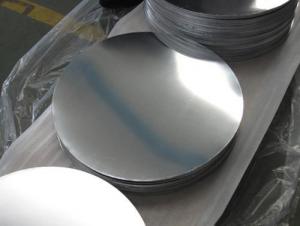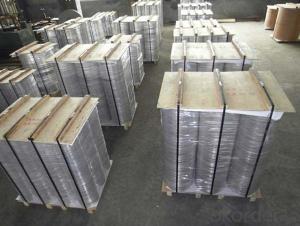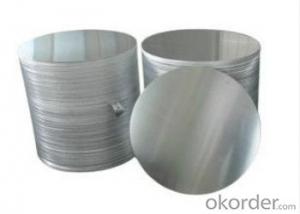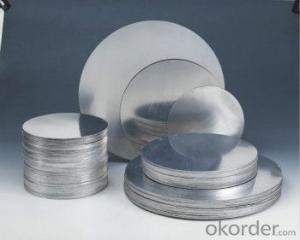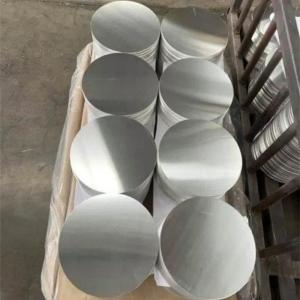Tacoma Aluminum Skid Plate
Tacoma Aluminum Skid Plate Related Searches
Aluminum Skid Plate Tacoma Aluminum Skid Plate Tj Aluminum Skid Plate Ktm Aluminum Skid Plate Aluminum Anti Skid Plate Trd Aluminum Skid Plate Rci Aluminum Skid Plate Jeep Tj Aluminum Skid Plate Wraith Aluminum Skid Plate Ford Focus Aluminum Skid Plate E46 Aluminum Skid Plate Non Skid Aluminum Plate S10 Aluminum Skid Plate Mazda 3 Aluminum Skid Plate Scx10 Aluminum Skid Plate Focus St Aluminum Skid Plate Axial Wraith Aluminum Skid Plate Aluminum Skid Plate Jeep Jk E92 M3 Aluminum Skid Plate Aluminum Skid Plate Thickness Fj Cruiser Aluminum Skid Plate Aluminum Surface Plate Tread Plate Aluminum Aluminum Skid Plate 4runner 4runner Aluminum Skid Plate Aluminum T Plate Alcoa Aluminum Plate Focus Rs Aluminum Skid Plate Aluminum Kick Plate Aluminum Spinning PlateTacoma Aluminum Skid Plate Supplier & Manufacturer from China
The Tacoma Aluminum Skid Plate is a specially designed protective accessory for Toyota Tacoma vehicles, engineered to safeguard the undercarriage from potential damage caused by off-road obstacles and debris. This robust skid plate is crafted from high-quality aluminum, ensuring durability and lightweight performance, making it an ideal choice for off-road enthusiasts and everyday drivers alike.The application of the Tacoma Aluminum Skid Plate extends to various usage scenarios, including off-road adventures, rocky terrains, and muddy conditions. By providing a protective barrier between the vehicle's undercarriage and the harsh environment, this skid plate helps to prevent costly repairs and maintains the vehicle's integrity. It is particularly useful for drivers who frequently encounter challenging driving conditions, as it offers an additional layer of protection to the engine, transmission, and other vital components.
As a leading wholesale supplier, Okorder.com boasts a large inventory of Tacoma Aluminum Skid Plates, catering to the needs of both individual buyers and businesses. With a commitment to quality and customer satisfaction, Okorder.com ensures that each skid plate is manufactured to the highest standards, providing a reliable and long-lasting solution for Toyota Tacoma owners.
Hot Products
